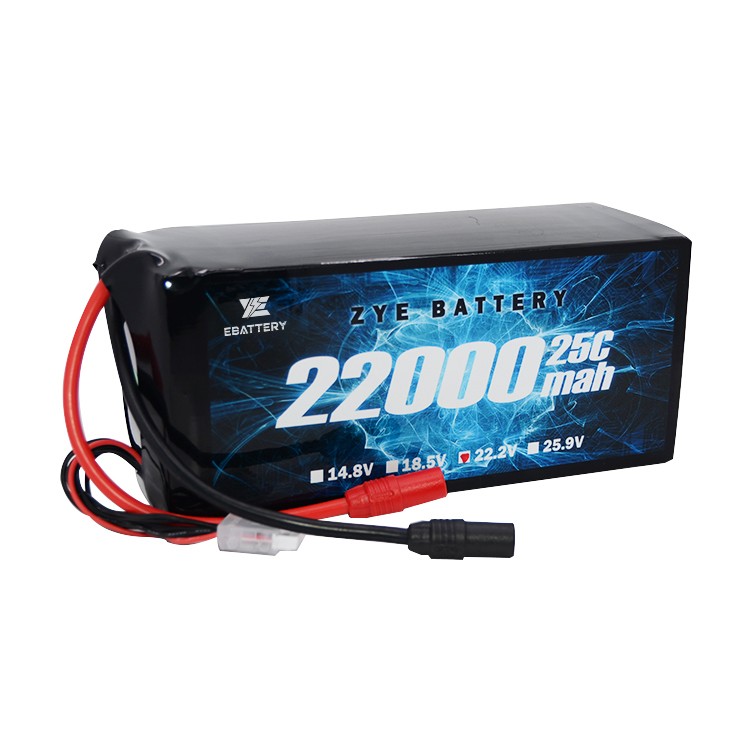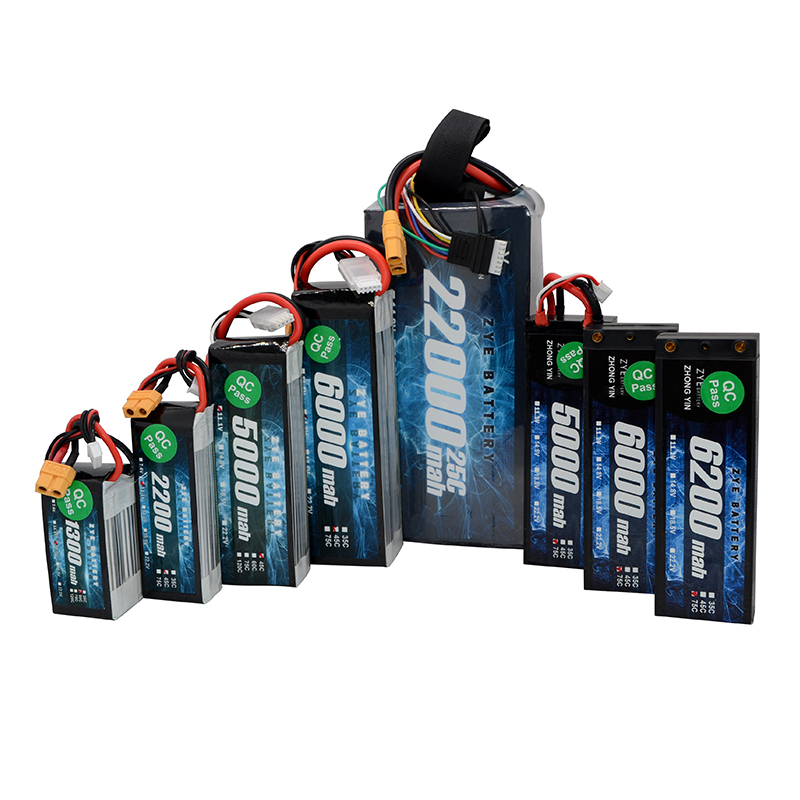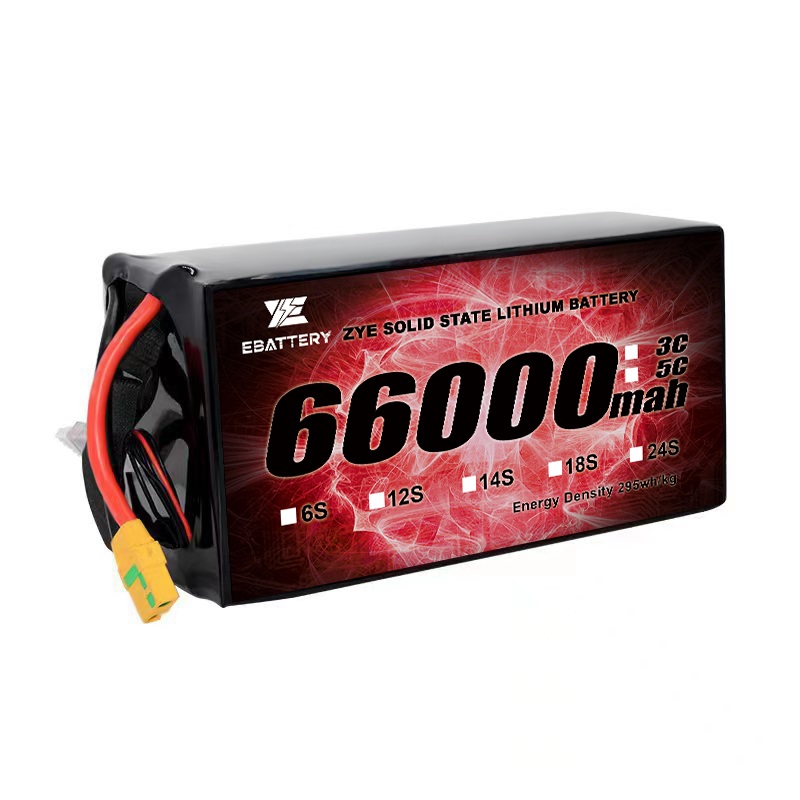How to classify lithium batteries for drones?
2025-10-11
Multi-rotors (also known as multi-rotor drones) are powered by LIPO (lithium polymer batteries), which can store and deliver substantial amounts of electrical energy. This article outlines lithium battery specifications and key concepts to help you quickly find the right battery.

Classification of Drones
By Application: Military drones (reconnaissance, attack, electronic warfare), civil drones (surveying, logistics, agriculture), consumer drones (aerial photography, recreation).
By configuration: Fixed-wing UAVs (long endurance, high speed), multi-rotor UAVs (vertical takeoff and landing, hovering), hybrid-wing UAVs (combining advantages of both).
By size: Micro UAVs (<2kg), small UAVs (4-25kg), medium UAVs (25-150kg), large UAVs (>150kg).
Are LiPo batteries safe?
LiPo batteries can catch fire if they overheat. This only occurs when they are mishandled or physically damaged. If handled properly, there should be no issues.
Lithium Battery Basics
Lithium polymer batteries, commonly called LiPos, feature high energy density, high discharge rates, and light weight, making them the preferred choice for RC applications.
Lithium Batteries: One of the most common battery types in drones. Lithium batteries offer high energy density, low self-discharge rates, light weight, compact size, and fast charging speeds, making them ideal for airborne drones.
Nickel-Metal Hydride Batteries: Compared to lithium batteries, NiMH batteries are more affordable, have a longer lifespan, and cause less environmental pollution. However, they have relatively lower voltage, are heavier, and bulkier, requiring consideration of their impact on overall drone performance when carried.
Lithium Polymer Batteries: Lithium polymer batteries are an improved version of lithium batteries, offering higher energy density and lighter weight, along with lower self-discharge rates and longer service life. LiPo batteries also charge extremely quickly, making them a battery type increasingly adopted for drones in recent years.
Battery Voltage and Cell Count
LiPo batteries consist of multiple cells, each with a nominal voltage of 3.7V. To achieve higher voltages, these individual cells can be connected in series to form the complete battery pack.
LiPo batteries are designed for a safe operating voltage range of 3V to 4.2V. Discharging below 3V may cause irreversible performance loss or even damage the battery. Overcharging above 4.2V can be hazardous and may ultimately lead to fire. However, for battery health reasons, it is recommended to stop discharging at 3.5V. For example, for a 3S LiPo with a maximum voltage of 12.6V, discharge should cease when the voltage reaches 10.5V (3.5V per cell).
LiPo Battery Capacity and Size
LiPo battery capacity is measured in mAh (milliampere-hours). “mAh” essentially indicates the amount of current that can be drawn from the battery for one hour until it is depleted. Increasing battery capacity may extend flight time, but it also increases weight and size. A careful balance must be struck between capacity and weight, as this affects both flight duration and aircraft maneuverability.
Higher capacity also enables higher discharge currents. Note: 1000mAh = 1Ah.
LiHV Batteries
LiHV represents a distinct type of LiPo battery, where HV (high voltage) denotes its higher voltage rating. These batteries offer greater energy density than traditional LiPos and can be charged up to 4.35V per cell. However, opinions vary regarding LiHV lifespan, as their performance may degrade faster than standard LiPO.
Flight Style Influences Battery Choice
If you plan to fly consistently above 50% throttle, you'll likely need a higher C-rate. That's right—you must consider what kind of flying you intend to do and whether weight or capacity is more important to you. Hardcore racers will need the lightest battery sufficient to complete the race course. But for “freestyle players,” weight isn't the sole priority, and larger batteries can be used for longer flight times.
























































